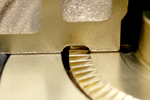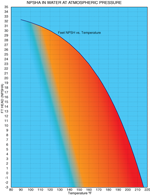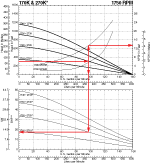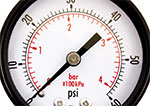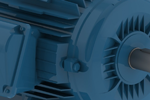Training Materials
Regenerative Turbine Pump Principles |
|
| While fluid takes a singular journey through the centrifugal impeller, the regenerative turbine facilitates multiple cycles, amplifying pressure tenfold. Learn more about the mechanics and advantages of each design. | |
Low NPSH (Hot Water Pumping) |
|
| Net Positive Suction Head (NPSH) is the difference between the pressure at the pump inlet and the vapor pressure of the fluid being pumped, indicating the margin of safety to prevent cavitation. Learn more about NPSH and how it affects regenerative turbine pumps. | |
General Sizing Procedure |
|
| To read a pump performance curve: determine required Head, locate it on the graph, find intersection point with pump's Head-Capacity line for Gallons per Minute, locate required Horsepower on BHP scale. Optimal operation is typically between 50-80% of maximum capacity. Learn more about regenerative turbine pump selection. | |
Pressure vs. Head: What's the Difference? |
|
| Learn the difference between pressure and head in pump systems. Understand how MTH regenerative turbine pumps handle these concepts, and how they impact power consumption and efficiency. | |
Service Factors in Motors |
|
| The service factor of an electric motor indicates its ability to handle temporary overload conditions without damage. It's expressed as a multiplier, and you can calculate the allowable overload horsepower using the following formula: Allowable Overload HP = Rated HP * Service Factor |
|
Applications Training |
|
Pump Selection Training Training |
|


